Migration to ISO 20022: the journey to more efficient cross-border trading
NOTE: This article was originally published on IBS Intelligence.
Navigating the cross-border landscape has historically been a challenging feat. Despite an anticipated value of $250 trillion by 2027 and playing a crucial part in the global economy, it lacks the standardization seen in other market areas. With several payment standards, data remains fragmented to analyze, creating unnecessary complexity for business areas such as payments and securities trade services.
The industry is now reaching a tipping point as payment systems worldwide adopt ISO 20022 as a common messaging standard. The new standard will provide richer structured data and increase transparency in an otherwise opaque setup.
However, the path to achieving these benefits is not straightforward. While some banks already have the infrastructure to support structured data, those relying on manual processes face an uphill challenge. Not forgetting that varying implementation speeds across jurisdictions add further complexity to the migration journey.
Managing regional variations
ISO 20022 is not a new phenomenon, especially for financial institutions active in cross-border payments. First introduced in 2004 by the International Organization for Standardization (ISO), India, China, and Japan rapidly adopted it to process and store richer and structured ISO messages across several channels.
The Eurosystem, via its T2/T2S Consolidation project, took a “big bang” approach to the transition. It required an immediate switch of all TARGET2 EUR payments to ISO 20022. Meanwhile, via its Cross Border Payments and Reporting (CBPR+) initiative, SWIFT will migrate over a three-year coexistence period, no longer supporting older ISO 15022 formats from November 2025.
Managing these regional disparities is an important consideration in firms’ ISO 20022 strategies. Banks must consider which timelines apply and how these might differ across their markets. This is important because firms that cannot handle the variations could be exposed to a range of compliance-related risks.
Resolving these problems and realizing benefits
For banks, the clock is ticking on finalizing a migration strategy. The journey will not be the same for all firms. When building their strategy, they must decide which clients or products to prioritize.
Whatever their conclusion, management teams must invest in technology to ensure payments systems can support richer and more structured data in ISO 20022 messages. To achieve compliance with SWIFT’s migration, many firms will likely adopt translation layers in the back office as an interim solution during the coexistence period. Others may consider building layers across their entire payments ecosystem to manage migrations from multiple formats.
Platforms that can natively support the new formats provide the best route to success. By adopting this automated approach, financial institutions will future-proof their business and unlock the operational benefits of the new standard.
Preparing for the future, today
While the move to automated trading has accelerated recently, ISO 20022 can act as a springboard for firms seeking ways to improve efficiency. Smoother interactions between disparate systems in a more real-time environment encourage innovation and accelerate product development by technology vendors.
With adoption set to increase, the race is on to ensure firms are well positioned to capitalize on ISO 20022-related opportunities. The Bank of England CHAP System became the latest to migrate. Those taking a proactive approach and already enhancing their solutions stand to benefit the most from the current evolution of cross-border payments.
Don't miss out
Subscribe to our blog to stay up to date on industry trends and technology innovations.



